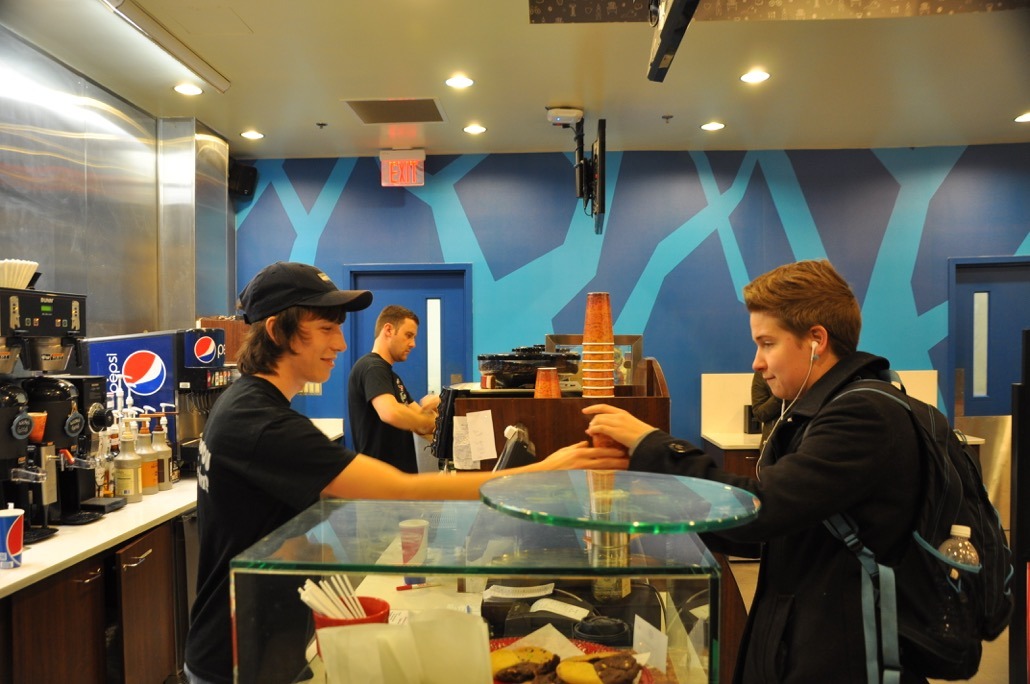A gap in student employees’ payroll raises questions
3 min read
Girard Bucello | Blue & Gray Press
By NOELLE PAOLICELLI
Student employees at the University of Mary Washington may be wondering why they did not get paid until 10 days after the pay period ended. There have been reports that since classes began on Monday, Jan.11, student employees have not been paid until Thursday, Feb. 5.
As this is almost one month after the students started their work, a 10-day gap between the end of the pay period and the day student employees are paid has concerned student employees who work to pay for tuition or other expenses.
According to Lynda Worthy, the university’s payroll manager, this may not be an uncommon occurrence, as the payday-processing period typically takes about two weeks, which is the time required to complete all steps in the payroll process.
“The pay date is two weeks (10 business days barring any closures) following the pay period’s end to ensure enough time to thoroughly complete all steps in the payroll process,” Worthy said. “We must consider the standard amount of time it takes for each part of the payroll process, and then include additional time to minimize the risk of not meeting a scheduled pay date due to state holidays, inclement weather, system problems, personnel absences or other unforeseen hindrances.”
The University has approximately 600 student employees that need to be paid during the academic year. The payroll staff reviews all student MyTime time cards and identifies missed punches, missing approvals or other potential errors.
MyTime reports are printed for the pay period and electronically exported to the state payroll system. This part of the process cannot be done until all timecards are signed off and approved by the payroll staff. The next day, the payroll staff receives a report from the state payroll system that includes details for each student employee’s pay and must merge the payroll report and the MyTime reports. The payroll staff must confirm the accuracy of the changes that were made, finalize all appeasements and prepare the payroll for review by the Associate Payroll Manager.
The Virginia Department of Payroll Operations processes the certified payroll overnight. Two business days are required to process direct deposits to each student employee’s bank account and for physical checks to be delivered to University of Mary Washington. Worthy would like all student employees to keep in mind that this process applies to all student employees, wages, faculty and staff.
Julia Barrett, a senior sociology major, is a student employee at the Information Technologies Help Desk located in the Hurley Convergence Center. She expressed confusion knowing when she would be paid. Barrett also said the gap could be frustrating to other student employees.
“Luckily, I work at the help desk to earn some extra spending money,” Barrett said. “I imagine for some other students, who rely on their income for tuition or other expenses, this pay gap could be very frustrating.”
Barrett voiced her concern, particularly as student employees have not received an explanation as to why this pay gap does exist. A justification for the pay gap could help some students ease their sense of concern or confusion.
Sophomore Norhan Darwish is a resident assistant in Ball Hall. According to Darwish, some RAs were required to be on campus starting Jan. 5. Darwish expressed the sense of community she feels while doing her job, which makes the pay gap worth it.
“It’s a great team of people and I enjoy doing my job,” Darwish said. “As long as I get paid eventually, it is fine.”
Prior to January 2015, the payday-processing period took three weeks due to the use of paper time sheets.


